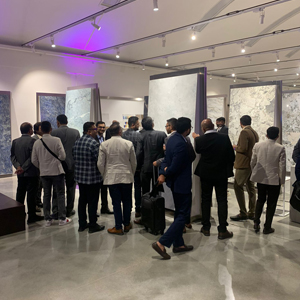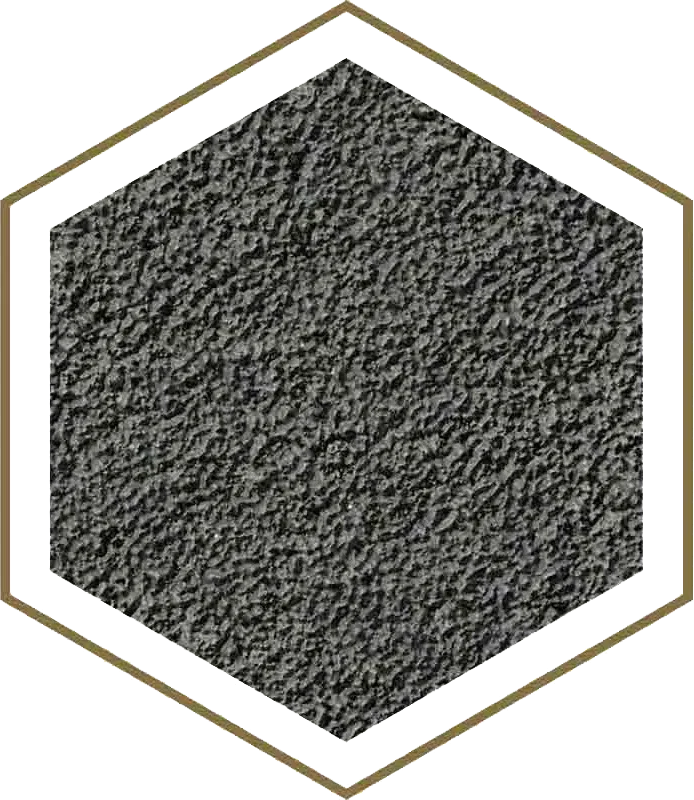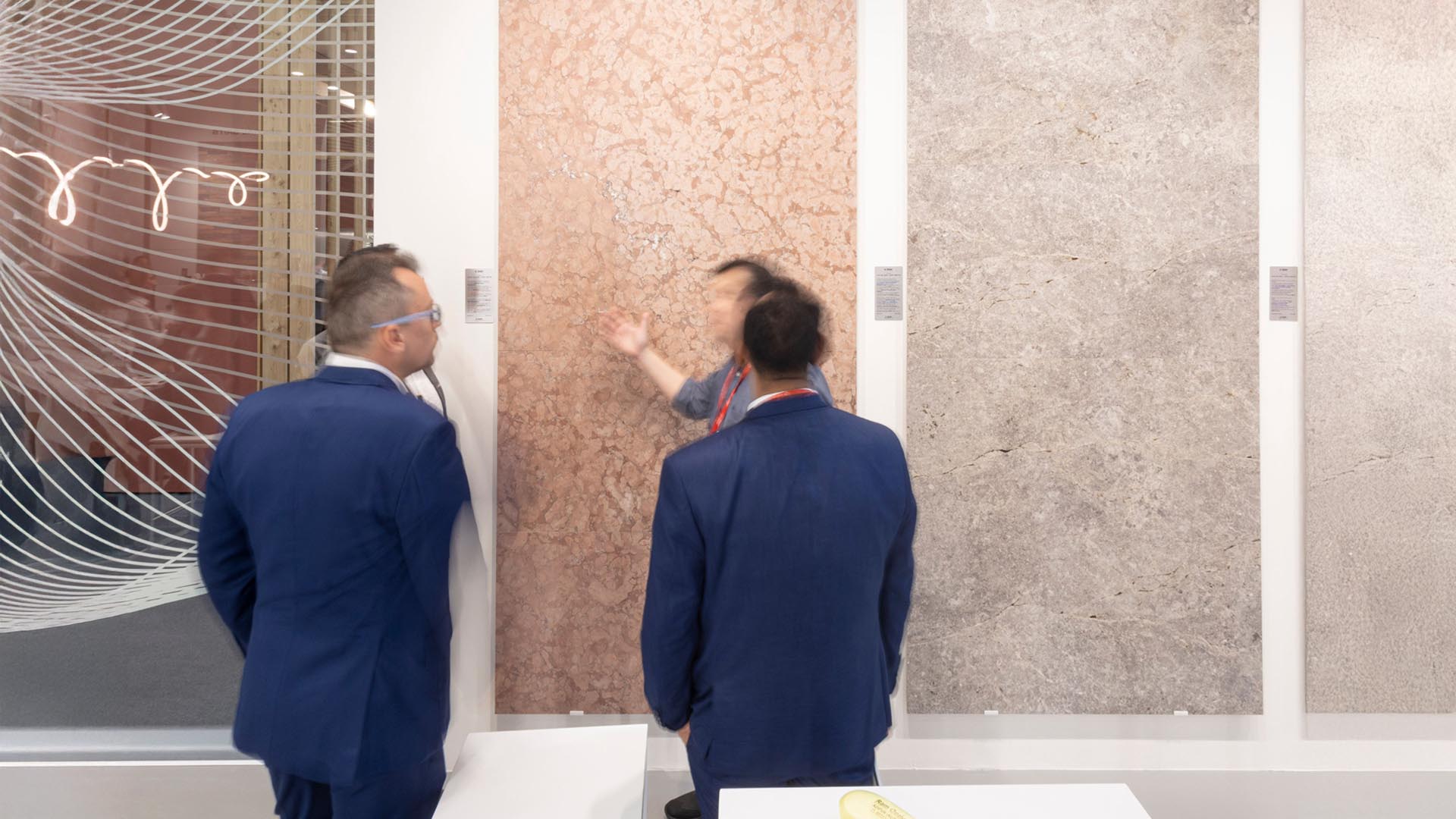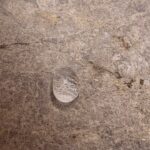Cersaie 2024 has once again proven to be an unmissable event for professionals in the ceramics industry. Among the event’s undisputed leaders is Sicer, the historic company with over 30 years of experience in the design, production and distribution of raw materials for ceramic glazing and decoration, such as frits, glazes, grits and inks. In this article, we will explore the trends that emerged at the latest Cersaie and see how Sicer has interpreted these trends, presenting innovative and sustainable solutions for the ceramics sector.
Cersaie 2024: successes, challenges and opportunities for the Italian ceramic industry
The 41st edition of Cersaie, the leading trade fair for the ceramics and bathroom furnishings industry, took place in Bologna from September 23 to 27, 2024. This international event, held across 15 halls of the Bologna Exhibition Center, hosted 606 exhibiting companies over a total area of 145,000 square meters. Among the exhibitors, 332 represented the ceramic tile sector, 91 the bathroom furnishings sector, while the remaining companies came from the installation, raw materials and related services sectors. The event confirmed its global reach, with 230 international exhibitors, accounting for 38% of the total, representing 25 different countries. Despite a slight decline in attendance compared to the previous edition, Cersaie recorded a total of 95.321 visitors. International attendees remained steady with 47.095 participants (-1%), while a decrease of 6.7% was noted among Italian attendees, which fell to 48.226 from 51.685 in 2023.
“In an international context marked by significant challenges, Cersaie’s strong appeal allowed exhibiting companies to make the most of their investments: the quality of visitors we met in Bologna—such as distributors, architects, and real estate operators – stated Augusto Ciarrocchi, President of Confindustria Ceramica – was well appreciated by our companies at their booths. Italian ceramics continue to lead global markets thanks to the intrinsic value of our design and distinctive qualities such as sustainability and respect for human rights. However, we must contend with increasingly aggressive dumping from certain countries and a loss of competitiveness for our companies due to the ideological application of regulations like the ETS, which, while aiming at shared EU environmental goals, impact our sector.”
Ceramic surface trends from Cersaie 2024
The 2024 edition of Cersaie provided a comprehensive overview of the latest innovations in the world of ceramics, with a particular focus on material research, three-dimensionality, technological innovation, sustainability and craftsmanship.
H3 The continuing popularity of marble, stone and concrete effects on ceramic surfaces

Among this year’s trends, some established favorites continue to stand out for their timeless elegance and simplicity. The marble effect, for instance, has taken a bolder turn with more pronounced veining and finishes that replicate the elegance of natural marble, but with a more sustainable and accessible approach. Stone and concrete effects also maintain their prominence, offering surfaces that capture the natural essence of these materials. These effects are especially valued in modern and industrial interiors, where durability and versatility are key characteristics.
The return of small-format tiles in ceramics
One of the most eye-catching trends at various Cersaie booths is the significant return of small-format tiles, available in a wide range of colors and effects. In recent years, the focus had primarily been on large slabs, but now we are witnessing a reversal, with smaller formats—particularly brick-sized tiles—joining larger ones to create captivating and eclectic combinations. This is the comeback of small formats: bricks, square tiles, hexagons, mosaics and encaustic tiles are taking center stage in indoor spaces, from bathrooms to living rooms, kitchens and even bedrooms.
3D material and textured surfaces

Ceramic coatings are increasingly able to replicate natural materials like marble, onyx, stone and wood, as well as concrete and metal. Advanced technologies have enabled an extraordinary level of perfection: porcelain stoneware captures the veining and shades typical of marbles and stones, integrating them throughout the ceramic body. These surfaces, often three-dimensional and textured, offer a complete sensory experience, captivating not only visually but also to the touch. Porcelain combines the aesthetics of natural stone with the durability, practicality and longevity of ceramics. This combination is expressed not only in large slabs but also in smaller formats, delivering hyper-realistic effects that enhance every surface.
Fabric effect tiles
Fabric effect tiles are one of the most captivating trends in ceramic coating, inspired by the elegance and refinement of textile materials. This innovative approach pushes ceramics to explore new realms, blending design with fashion to create surfaces that evoke soft, nuanced textures reminiscent of fine fabrics. Thanks to advanced technologies, porcelain stoneware can mimic the look of textiles like silk or wool, with three-dimensional effects and light play that replicate the natural reflections and folds of fabrics. The result is a blend of aesthetics and practicality that brings a cozy, sophisticated ambiance to interiors.
Metal effect tiles

Metal effect tiles are an ideal choice for those seeking bold finishes with a strong visual impact. Inspired by oxidized metals, these surfaces offer unique shades and reflections, creating spaces with a contemporary and eclectic allure. Although reminiscent of industrial style, the metal effect adapts to a variety of contexts, adding character and originality to modern, sophisticated spaces. While it remains a niche compared to natural materials, the metal effect is gaining a broader audience due to its multifaceted aesthetic and its ability to transform interiors with distinctive personality.
Tribute to nature and earthy tones
Earthy colors have reclaimed center stage at Cersaie 2024. The palettes draw inspiration from the most authentic hues of clay, rock dust and lime, bringing us back to a primal aesthetic. Ceramics faithfully reproduce nature’s imperfections, showcasing granularity, erosion and traces of time, celebrating the craftsmanship and authenticity of natural materials.
Technological progress in the ceramic industry
The ceramic sector continues to innovate, introducing increasingly high-performance solutions. Antimicrobial tiles, achieved through the integration of specific additives, offer enhanced protection against bacterial growth. Additionally, new production processes make it possible to create extremely compact and durable surfaces, ideal for high-traffic environments.
H3 Sustainability and innovation: the new frontiers of ceramics
The ceramics sector is at the forefront of sustainable solutions. The use of recycled materials and low-impact production processes allows for a significant reduction in CO₂ emissions and natural resource consumption. Additionally, the adoption of certified environmental management systems ensures product traceability and transparency across production chains.
Materials and effects: Sicer at Cersaie 2024
Sicer’s participation in Cersaie 2024 exceeded all expectations, marking an extraordinary success driven by enthusiasm for the innovations presented and positive feedback from some of the world’s most prominent ceramic groups. The flagship product showcased at the exhibition was NEXT EXPERIENCE SURFACES, a revolutionary range in ceramic coatings made entirely of glass. This innovative range combines unique, versatile characteristics, offering the possibility to create customized surfaces that meet different aesthetic and functional needs without sacrificing its distinctive qualities. NEXT EXPERIENCE SURFACES uses an advanced mix of calibrated micro-grits produced with new granulating equipment that ensures an ultra-fine granulation. The result is a highly textured, matte and anti-reflective surface that feels pleasantly natural to the touch.
The ready-to-use mix is easy to prepare and apply, as it requires no additional additives and it enables the creation of a vitrified, certified anti-slip technical surface with slip-resistance levels from R10 to R11. This makes NEXT EXPERIENCE SURFACES an ideal choice for both indoor and outdoor flooring, combining safety with aesthetic quality.During an interview at Cersaie 2024, Gianfranco Padovani, President of the manufacturer and distributor of raw materials for ceramic glazing and decoration of Ubersetto, stated, “The path forward for Italian ceramic surfaces is one of innovation, value, ability to reach the goal before others do.” For Padovani, this means “ceramics returning to its roots.” Effects, material, color: this is what the market asks made in Italy, and this is what Italian ceramics must guarantee to the market. “Not simply a print on a base, however beautiful but easily replicated, but materials and colors that elevate that base, making it a unique, recognizable object in an increasingly selective market, one that now values, for example, those soft matte effects that are meeting widespread trends. And on that front, we Italians were the first to arrive,” concludes Padovani, “and they’re bringing us good satisfaction.”
Discover the products








